Sintering is our process
How to manufacture custom mechanical parts?
There are different ways of obtaining mechanical parts such as forging, machining, casting, welding, stamping, etc. Among the existing manufacturing processes, powder metallurgy, also called sintering, has real advantages.
Indeed, sintering allows to produce parts in alloys specifically adapted to their applications and in a more economical way.
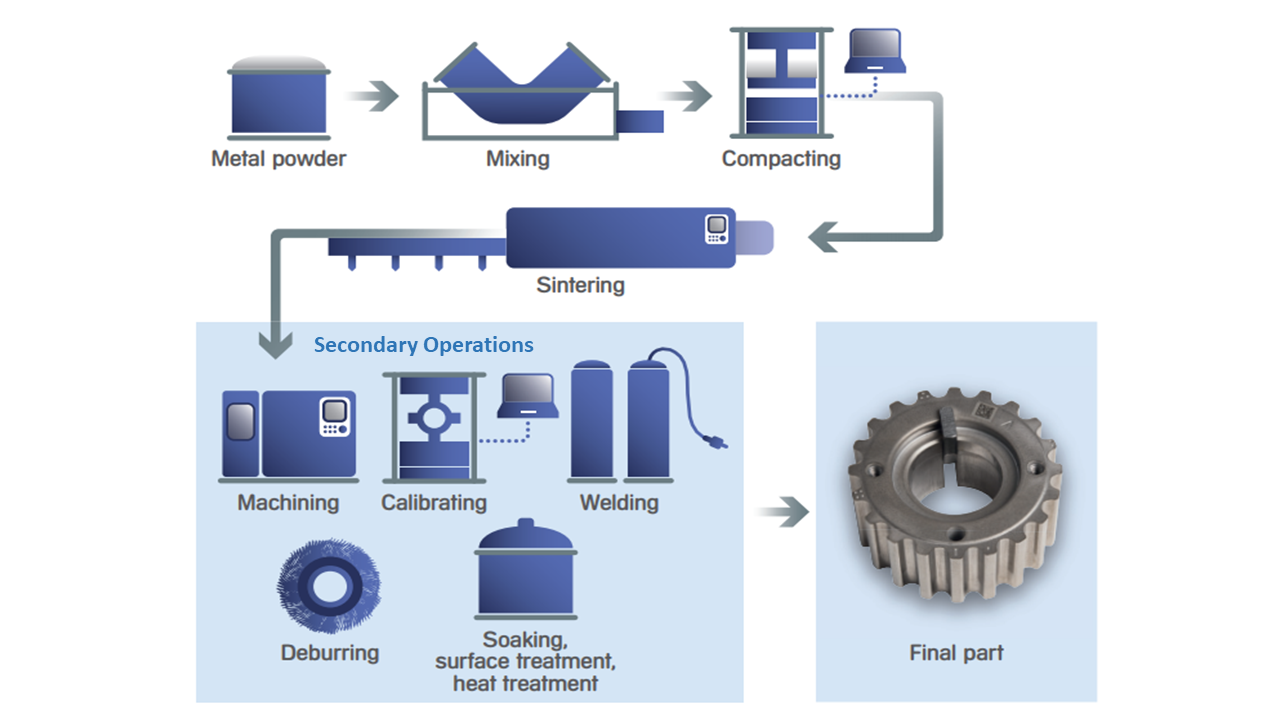
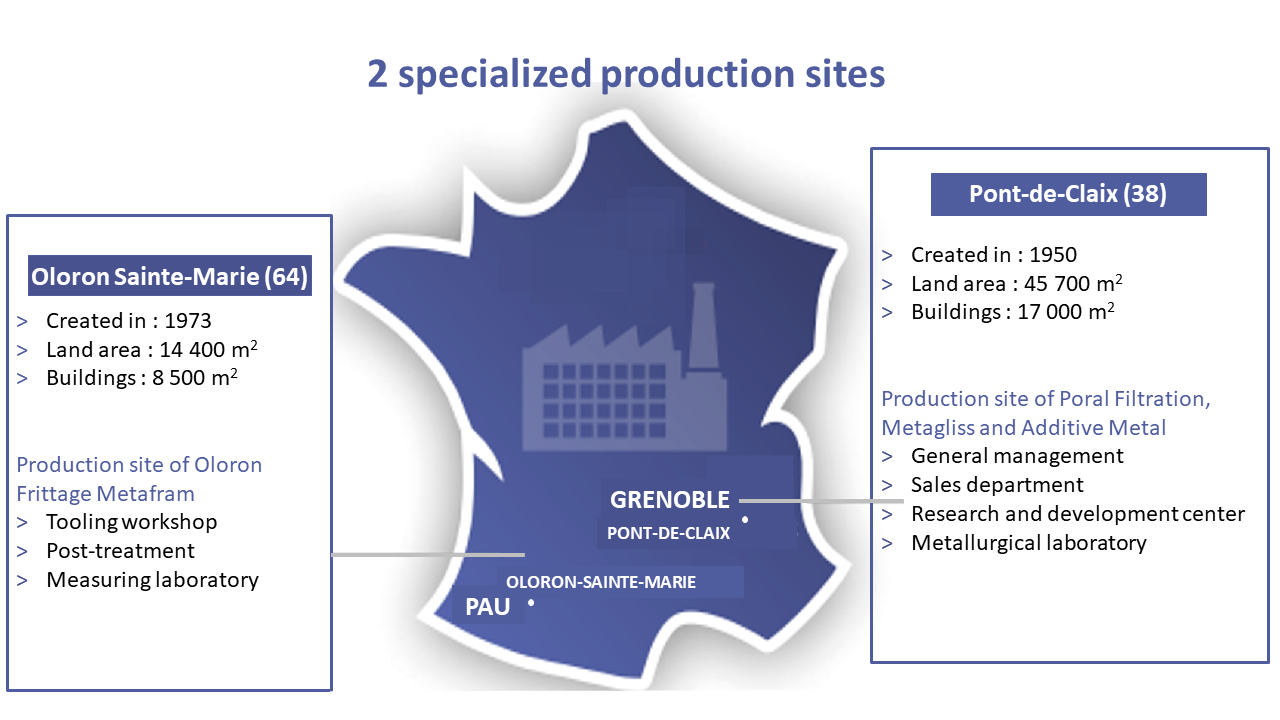
With 2 manufacturing plants in France, we have 100% control over our production chain
1. the process of preparing the raw material
At Poral, the raw materials are prepared either by mixing different components (iron, graphite, copper, etc.) or by purchasing premixes supplied by our European partners.
Since the characteristics of the powders have an impact on the quality of the sintered parts, we check that all our raw materials meet our requirements in terms of composition, grain size, density and flow ability.
The density, thermal cycle and composition are defined according to the characteristics and design of the desired products.
2. Pressing
Once the powders are qualified, we start the first step of our process: compression. During this operation, the powdered material is introduced by gravity into a tool whose axis is arranged vertically on mechanical or hydraulic presses. In order to agglomerate the metal powder, it is subjected to pressures of several hundred MPa. The part obtains a mechanical resistance sufficient to be handled with some precautions.
In-house tooling manufacturing
Our tooling workshop is equipped with wire EDM or sinker EDM machines allows the production of complex shaped or high precision toothed tools. Complemented by machining centres, grinding, honing and 3D control machines, this workshop creates compression, calibration and control tools designed by Poral's design office to obtain parts according to customer specifications.


3. Sintering
In order to give the compressed products the expected mechanical properties, we apply a heat treatment in our sintering furnaces under a protective atmosphere and at a temperature below the melting point of the main component.
This treatment allows, by atomic diffusion at high temperature, to create sintering bridges in the metallic grains which give the products all their mechanical and dimensional properties.
At the end of the sintering process, Oloron Frittage mechanical parts have favourable properties such as a relative density up to 97% and a breaking strength up to 1200 Mpa.
Process
PORAL prepares for the future
We are also investing in new automation and management cells of sintering furnace loading. This project consists of creating an autonomous cell that will manage the flows between the exit of compressed parts and the loading/unloading of sintering furnaces. Thanks to AGVs (Automated Guided Vehicles) and the robotisation of furnace loading, we will improve working conditions, production management and stock monitoring.
4. Repressing
The repressing process also known as calibrating is done at room temperature and consists in introducing the sintered mechanical part in an appropriate machine, allowing to obtain a densification.
The purpose of this operation is :
- to obtain parts with very precise dimensions.
- to improve the mechanical characteristics.
- to improve the surface finish.
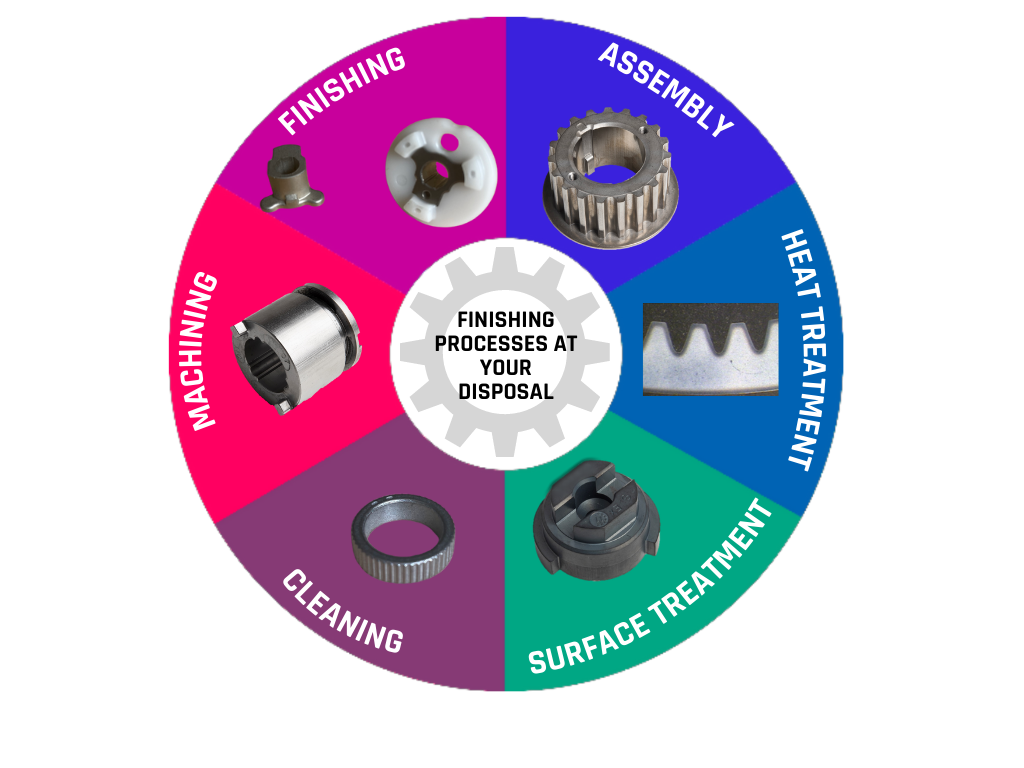
Secondary operations
If necessary and depending on the mechanical sintered part to be obtained, the process can be completed by one of the following operations:
To remove unwanted burrs, or contaminants from the parts due to an oxidation reaction, we use the de-burring process. 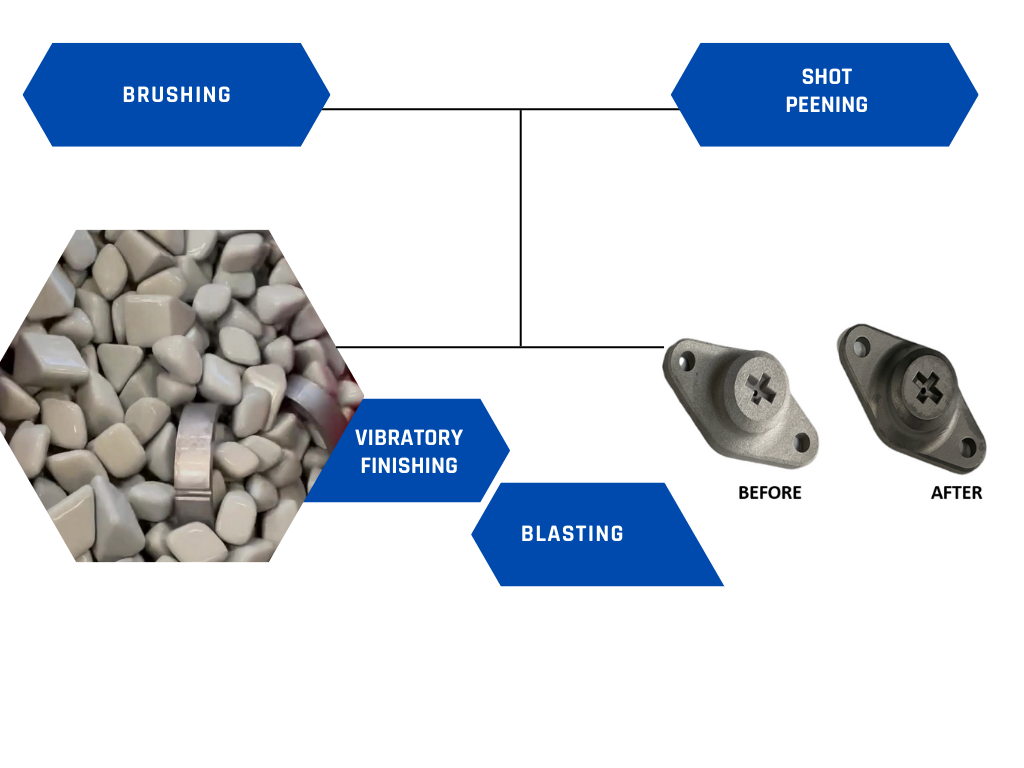
For parts requiring very precise dimensions and/or complex geometry, we perform machining operations (drilling of small holes, tapping, milling, turning, grinding)
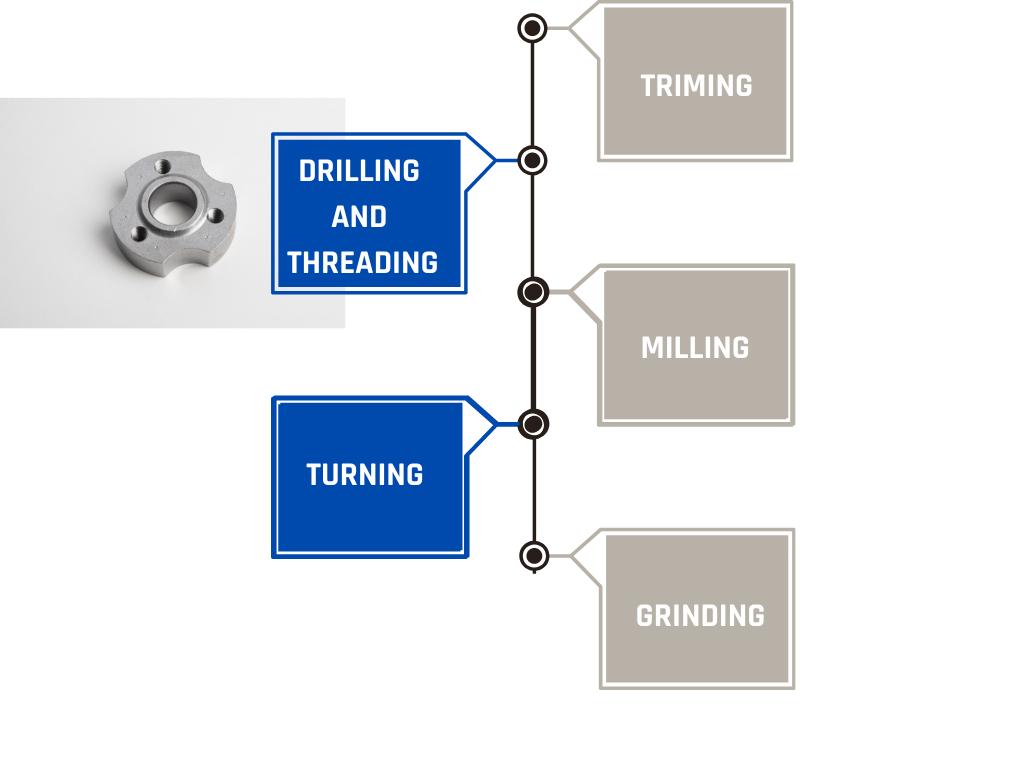
At Poral we use this operation to join different parts obtained by different manufacturing processes.
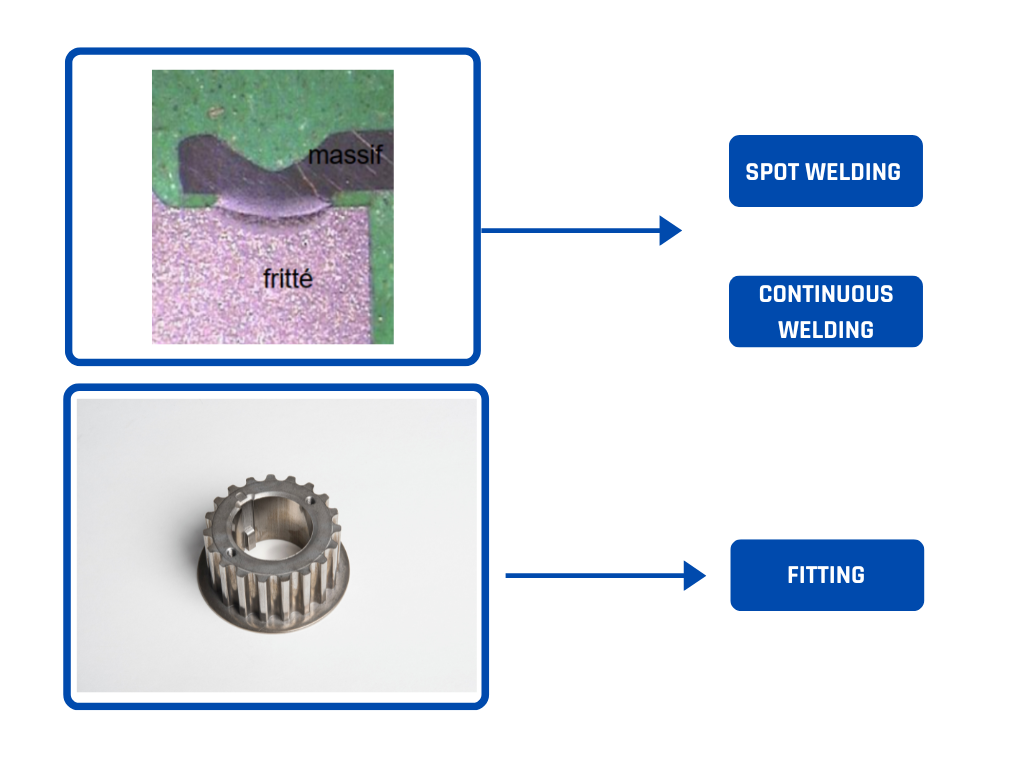
- Induction Heat Treatment : Local treatment that increases hardness of certain areas making them more resistant to wear and fatigue.
- Carbonitriding : currently the most commonly used treatment, which is carried out under conditions almost identical to those for conventional metals.
Steam treatment : the finished parts are placed in an oven at 600°C where steam is introduced. The iron is oxidized to form a very hard and sticky Fe3 O4. This process allows to seal porosity and improve coating adhesion (GEOMET type).
Anticorrosive coating - Zinc lamellar coating : When it is necessary to protect parts against corrosion, a surface treatment must be considered.
Zinc flake technology provides a high level of corrosion protection and improves friction coefficient.
Anti-friction coating : Deposition of coating to reduce the coefficient of friction.
The purpose of washing is to remove particles to control the cleanliness criteria.
Our Clients :
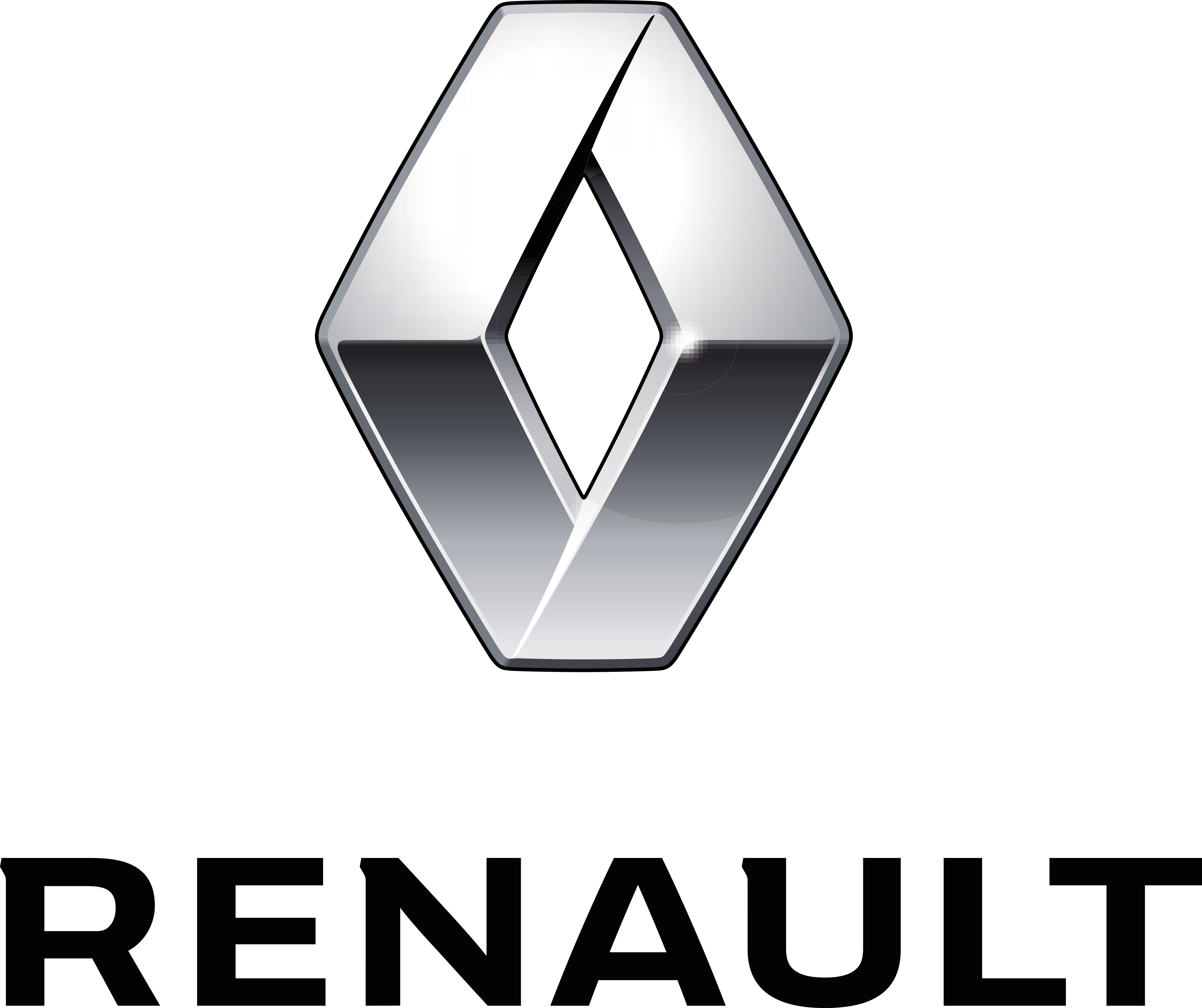
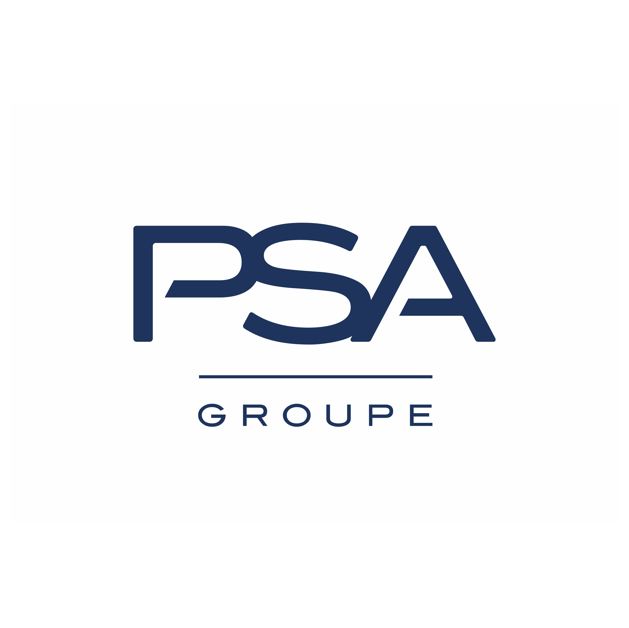
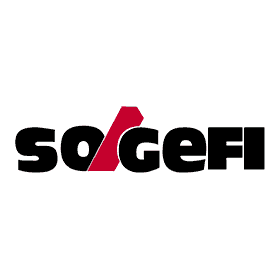
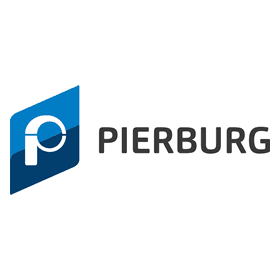
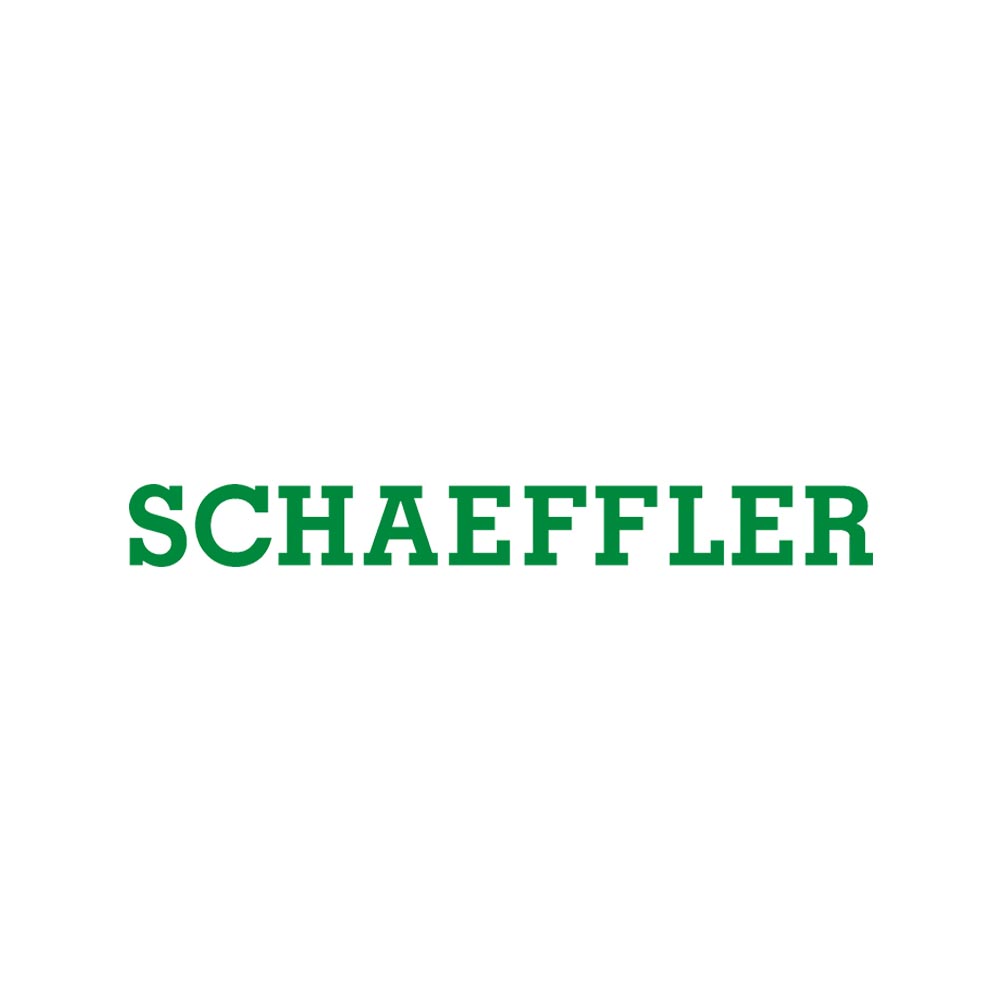
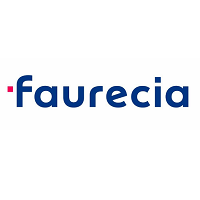

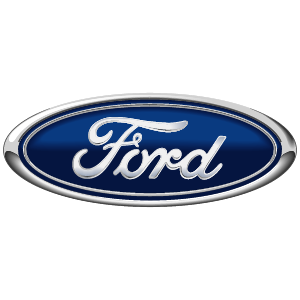
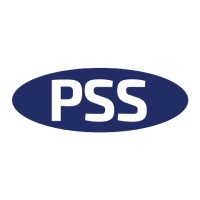









Why choose Poral Oloron frittage ?

